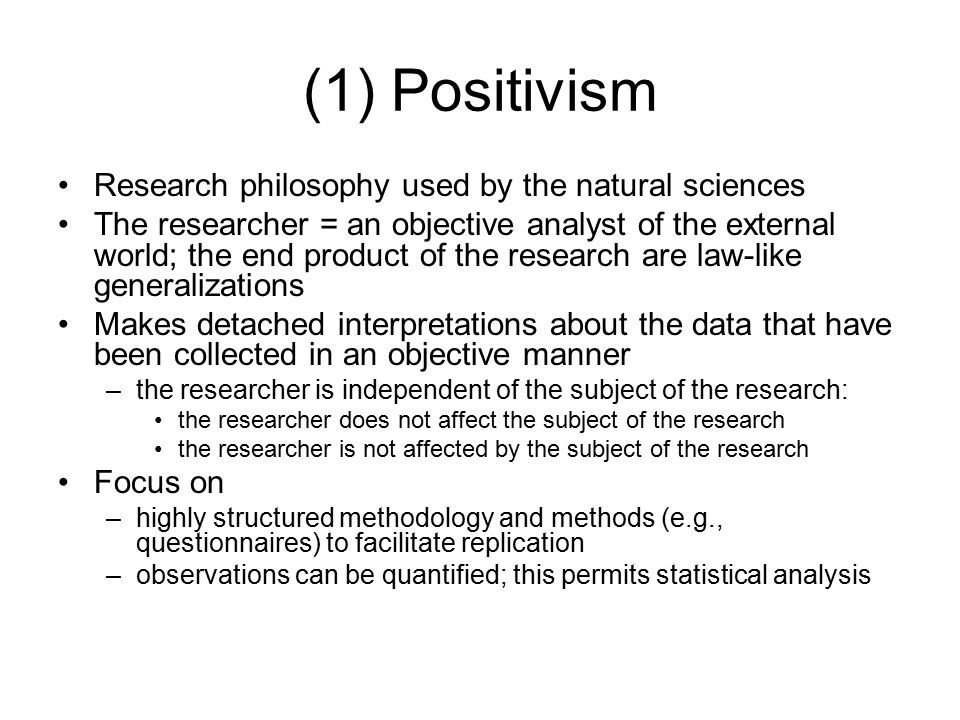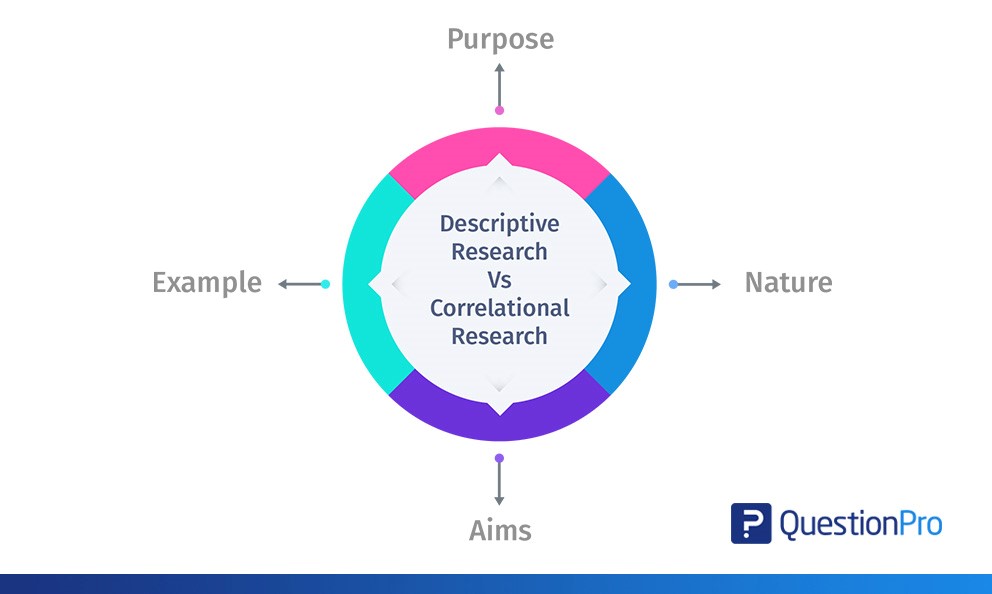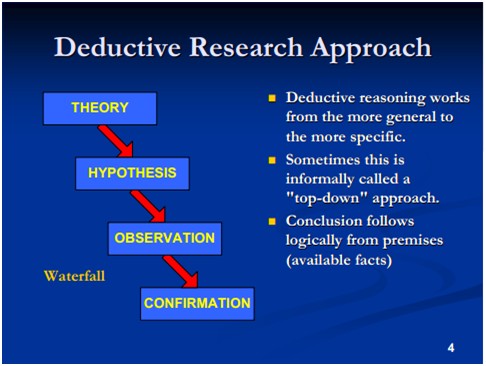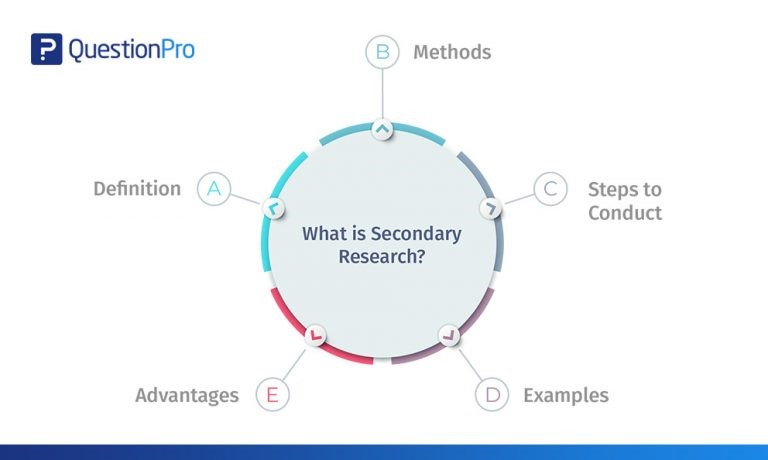MAN130 Assignment Sample – Management Research Methods 2022
1. Significance of Topic
Smart Home Installation projects are increasing in number worldwide as building high-tech and sustainable homes is an urgent need in this period of time.
- Research in Smart Home Installation includes developing better and smart lighting systems that save a lot of energy from being wasted. Emissions from regular filament bulbs or LED bulbs have an effect on health of people living in a house (Mihal’ov and Hulic, 2017). Developing a lighting system that creates enough light within a house for proper functioning without affecting health is a possibility for sustainable living.
- Research in “Smart Home” segment also focuses on measuring essential body metrics that can be helpful to monitor overall health regularly. Smart Scale with Bluetooth connectivity and Smart Bands are devices that can assist in predicting health emergencies of any individual and make them alert beforehand.
- In Smart Home research areas, attention has been given to prevent wastage of water due to household activities (Birchley et al. 2017). Several gallons of water are required to keep long stretches of lawns wet, with the help of sprinklers. Hence, Smart Sprinklers with built-in intelligent controllers are being designed to sprinkle a certain amount of water adjusted with present weather.
2. Aims and Objectives:
Aim: Primary aim of this Smart Home research is to provide homeowners with convenience of automating or intelligently control several mundane day-to-day activities and saving time and money for individuals.
Objectives:
- To find out about comfort and convenience of several smart devices that are being designed and manufactured with voice operation and other facilities.
- To research about efficient use of energy of appliances that consume a lot of energy and devices where energy wastage cannot be prevented without human intervention are modified and smart, energy-saving systems are installed in them.
- To improve healthcare facilities and to research about the steps taken to develop smart watches, bands, scales and other devices and provide a better quality of service in general human health.
- To ensure security, safety and savings, smart homes with intelligent climate control, advanced locking systems and other sustainable features are being developed (Kousalya et al. 2018).
3. Approach to Data Collection
Research Philosophy
Positivism Research Philosophy is a type of research philosophy that deals with research conducted in an objective way. Positivism prevents researchers from attaching their own opinions and worldview to any topic being researched. Objective approach guides a researcher to find a way to isolate factors for improvement in any given topic (Abdallah et al. 2017).
Positivism identifies strength that is already available to existing processes, products and their research. Positivism will be chosen here because it helps a researcher to explain a topic from different perspectives and predict its future applications. [Referred to Appendix 1]
Research Approach
Deductive Research Approach will be used which is an effective in research related to scientific investigation. It involves studying existing literature on a chosen topic, understanding them in proper context, analysing them for gaining insights, finding out potential areas of a gap in literature and then formulate own hypothesis after a thorough study (Hererro et al. 2018). Deductive Approach allows quantitative measuring of measurable factors that are essential to research.
Resource materials are abundantly available in deductive approach that reduces time involved in research (Yue and Ping, 2017). Hence, research work mostly focuses on facts presented in an objective manner and this quality helps to expand future scope of research work. Efficiency of deductive Approach is partially dependent on deduction capabilities of a researcher. As a result, merit of research work relies on intellectual integrity of any researcher that may be beneficial for rigorous investigation. [Referred to Appendix 3]
Research Design
Descriptive Research Design will be used in the future report as an investigation is carried out regarding Smart Home Installation. It is required to systematically describe different features of this emerging technology and its uses. According to Jang and Bednarz (2018), Descriptive Design emphasises demographic segments and investigates deeply into reasons involved behind occurrence of any particular phenomenon.
An unbiased study happens in descriptive design because none of measurements can be manipulated by a researcher (Vasicek et al. 2018). Such a research design is helpful to create comparison with patterns existing in past and predict trends that may be appearing in future. [Referred to Appendix 2]
Data Collection
Secondary Data Collection will be used in the future report because information about this subject will be gathered from articles, journals and websites providing information related to considered topic. Citations have been given wherever possible to authenticate provided information to enrich this project.
Smart Home Installation technologies are a new, emerging field that can generate information about new fields of related study (Chandramohan et al. 2017). As a result, some relevant information from related topics was collected from secondary sources and not from primary research. Opinions and reviews of general public are considered as well as those theories that are commonly discussed related to this topic are included in research. [Referred to Appendix 4]
4. Major Areas of Concern
The research philosophy, research approach and design criteria are selected by individuals involved in a project; some concerning issues must be taken care of that might result in emergence of constraints. Other forms of research philosophy may also be used to execute this project that was categorically unsuitable for this project (Shahin et al. 2017).
Research Approach used here is descriptive in nature that is used to describe different features of any technology.
Since this Approach of research deals mainly with qualitative and factual aspects of a project, it defines attributes that are going to be measured. It does not allow flexibility which modifies measurable quantities that emerges during a study of theories for this project (Rehman and Gruhn, 2018). Such a limitation prevents any project from expanding into a more detailed and relevant study that may be used for future reference.
Another limitation of this study with this particular research philosophy is that it is unable to measure or discuss qualitative attributes of any topic. For instance, several qualitative aspects may be taken into consideration while discussing Smart Home Installation.
Such a phenomenon limits scope of research and it does not take into account opinions of general public who may be involved in a survey (Shahin et al. 2017). It can be concluded that in order to complete a research survey rapidly, this research design is useful and results are generated in a systematic and descriptive manner.
5. Reference List
Abdallah, R., Xu, L. and Shi, W., 2017, October. Lessons and experiences of a DIY smart home. In Proceedings of the Workshop on Smart Internet of Things (pp. 1-6). Available at; https://dl.acm.org/doi/abs/10.1145/3132479.3132488
Birchley, G., Huxtable, R., Murtagh, M., Ter Meulen, R., Flach, P. and Gooberman-Hill, R., 2017. Smart homes, private homes? An empirical study of technology researchers’ perceptions of ethical issues in developing smart-home health technologies. BMC medical ethics, 18(1), pp.1-13. Available at: https://bmcmedethics.biomedcentral.com/articles/10.1186/s12910-017-0183-z
Chandramohan, J., Nagarajan, R., Satheeshkumar, K., Ajithkumar, N., Gopinath, P.A. and Ranjithkumar, S., 2017. Intelligent smart home automation and security system using Arduino and Wi-fi. International Journal of Engineering And Computer Science (IJECS), 6(3), pp.20694-20698. Available at; https://www.researchgate.net/profile/Nagarajan_Ramalingam/publication/315648361_Intelligent_Smart_Home_Automation_and_Security_System_Using_Arduino_and_Wi-fi/links/58db51e192851ce5e96a8594/Intelligent-Smart-Home-Automation-and-Security-System-Using-Arduino-and-Wi-fi.pdf
Hayashi, V.T., Arakaki, R. and Ruggiero, W.V., 2020. OKIoT: Trade off analysis of smart speaker architecture on open knowledge IoT project. Internet of Things, 12, p.100310. Available at: https://www.sciencedirect.com/science/article/pii/S2542660520301414
Herrero, S.T., Nicholls, L. and Strengers, Y., 2018. Smart home technologies in everyday life: do they address key energy challenges in households?. Current Opinion in Environmental Sustainability, 31, pp.65-70. Available at: https://www.sciencedirect.com/science/article/pii/S1877343517300891
Jang, J. and Bednarz, T., 2018. HoloSensor for smart home, health, entertainment. In ACM SIGGRAPH 2018 Appy Hour (pp. 1-2). Available at: https://dl.acm.org/doi/abs/10.1145/3213779.3213786
Kousalya, S., Reddi Priya, G., Vasanthi, R. and Venkatesh, B., 2018. IOT based smart security and smart home automation. Int. J. Eng. Res. Technol.(IJERT), 7(04), pp.2278-0181. Available at: https://www.academia.edu/download/59421081/iot-based-smart-security-and-smart-home-automation-IJERTV7IS04002620190528-110885-8tzvbc.pdf
Mihal’ov, J. and Hulič, M., 2017, November. Nfc/rfid technology using raspberry pi as platform used in smart home project. In 2017 IEEE 14th International Scientific Conference on Informatics (pp. 259-264). IEEE. Available at: https://ieeexplore.ieee.org/abstract/document/8327257/
Nacer, A., Marhic, B. and Delahoche, L., 2017, May. Smart Home, Smart HEMS, Smart heating: An overview of the latest products and trends. In 2017 6th International Conference on Systems and Control (ICSC) (pp. 90-95). IEEE. Available at: https://ieeexplore.ieee.org/abstract/document/7958713/
Pham, M., Mengistu, Y., Do, H. and Sheng, W., 2018. Delivering home healthcare through a cloud-based smart home environment (CoSHE). Future Generation Computer Systems, 81, pp.129-140. Available at; https://www.sciencedirect.com/science/article/pii/S0167739X17302194
Shahin, F.B., Tawheed, P., Haque, M.F., Hasan, M.R. and Khan, M.N.R., 2017, September. Smart home solutions with sun tracking solar panel. In 2017 4th International Conference on Advances in Electrical Engineering (ICAEE) (pp. 766-769). IEEE. Available at; https://ieeexplore.ieee.org/abstract/document/8255457/
Singh, S., Ra, I.H., Meng, W., Kaur, M. and Cho, G.H., 2019. SH-BlockCC: A secure and efficient Internet of things smart home architecture based on cloud computing and blockchain technology. International Journal of Distributed Sensor Networks, 15(4), p.1550147719844159. Available at: https://journals.sagepub.com/doi/abs/10.1177/1550147719844159
ur Rehman, S. and Gruhn, V., 2018, April. An approach to secure smart homes in cyber-physical systems/Internet-of-Things. In 2018 Fifth International Conference on Software Defined Systems (SDS) (pp. 126-129). IEEE. Available at; https://ieeexplore.ieee.org/abstract/document/8370433/
Vasicek, D., Jalowiczor, J., Sevcik, L. and Voznak, M., 2018, November. IoT smart home concept. In 2018 26th Telecommunications Forum (TELFOR) (pp. 1-4). IEEE. Available at: https://ieeexplore.ieee.org/abstract/document/8612078/
Yue, C.Z. and Ping, S., 2017, April. Voice activated smart home design and implementation. In 2017 2nd International Conference on Frontiers of Sensors Technologies (ICFST) (pp. 489-492). IEEE. Available at: https://ieeexplore.ieee.org/abstract/document/8210563/
6. Appendices
Appendix 1: Positivism Research Philosophy

(Source: https://www.google.com/search?q=positivism+research+philosophy&rlz=1C1YTUH_enIN946IN946&sxsrf=ALeKk03Gksbnm6rbR0FoVxopwpN0GuDt1g:1617361943659&source=lnms&tbm=isch&sa=X&ved=2ahUKEwiguf_gtt_vAhVjyzgGHbKjAv8Q_AUoAnoECAIQBA&biw=1366&bih=625#imgrc=6k0GcrVIbLg0zM)
Appendix 2: Descriptive Research Design

(Source: https://www.questionpro.com/blog/descriptive-research-vs-correlational-research/)
Appendix 3: Deductive Research Approach

(Source: http://hafizlfc.blogspot.com/2012/04/inductive-or-deductive-types-of.html)
Appendix 4: Secondary Data Collection

(Source: https://www.questionpro.com/blog/secondary-research/)
Know more about UniqueSubmission’s other writing services:


Thank you for your sharing. I am worried that I lack creative ideas. It is your article that makes me full of hope. Thank you. But, I have a question, can you help me?